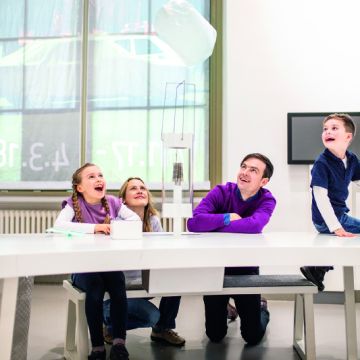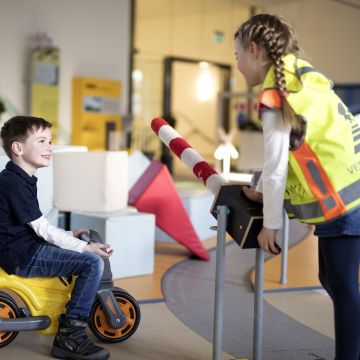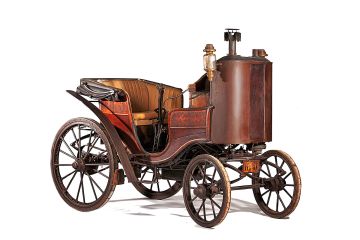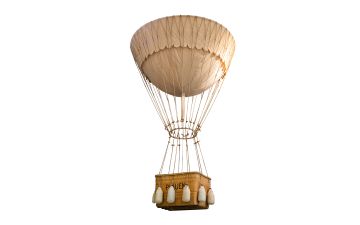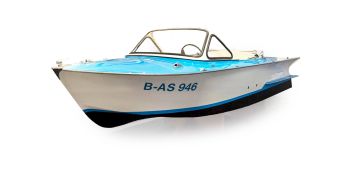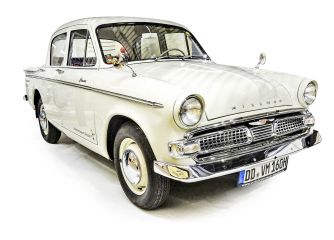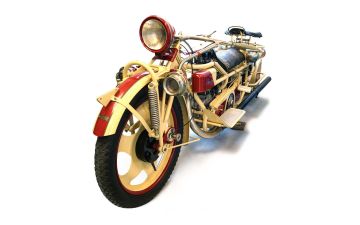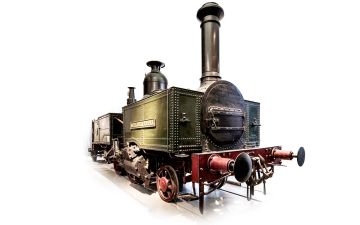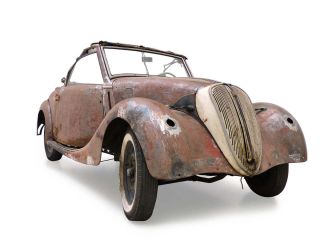A fascinating journey
through the world of mobility.
On land, on water and in the air.
News
Imageclip - What moves you
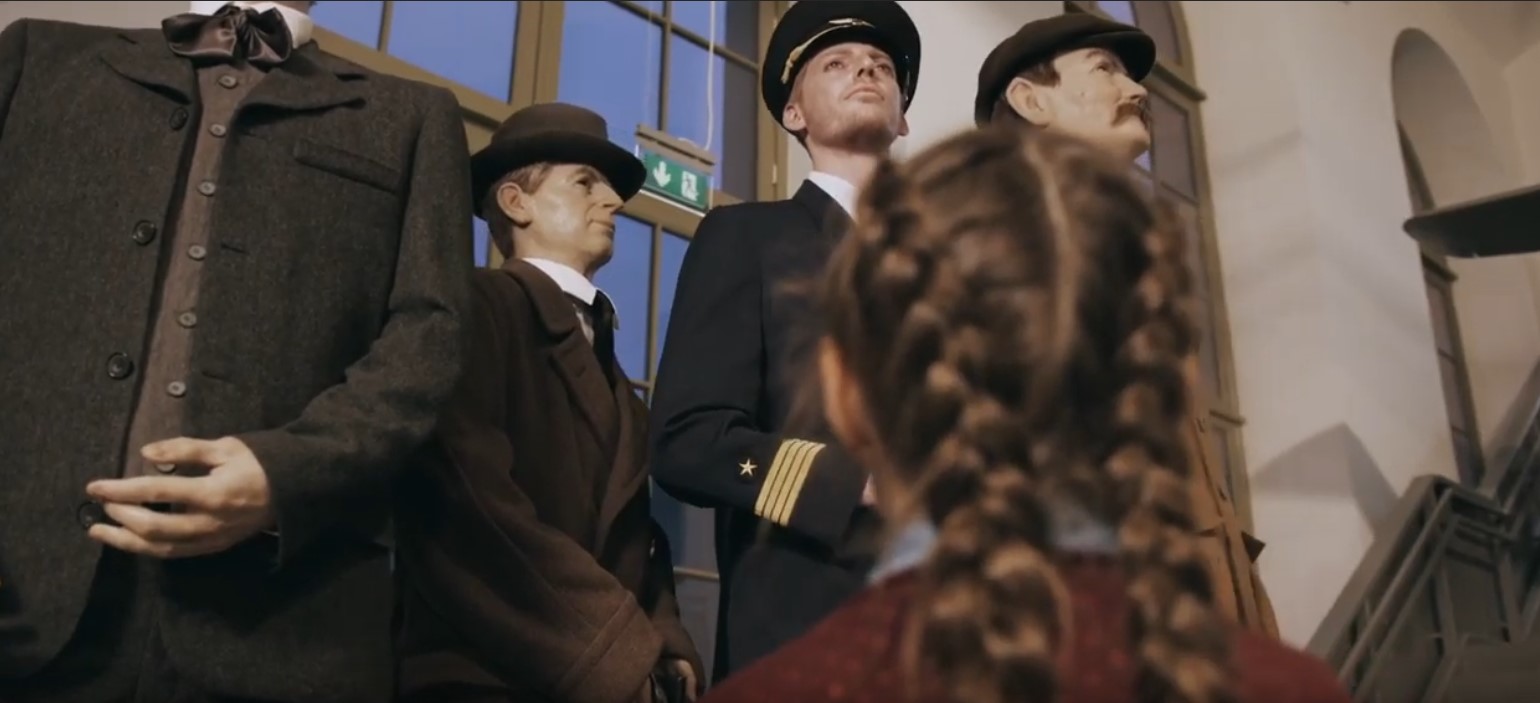
Permanent exhibitions
-
Anchors aweigh!Navigationmore
Embark on a great voyage from the Elbe river out onto the high seas, and experience over 1,000 years of Elbe shipping history in a spectacular stylised ship’s hull.
-
Ready for take-off!Aviationmore
Join us on a unique adventure through 200 years of aviation history, and discover the aircraft 152. Learn about the phenomenon of air in our Experiments Room.
-
Take the wheel!Road transportmore
Keep your eyes and ears peeled for fascinating facts about the people who brought us the vehicles of 200 years of road transport history. Design your very own vehicle of the future in the future lab!
-
All aboard!Railway transportmore
Hoist yourself up into various driver’s cabs, flick switches, press buttons and turn cranks ‒ you’ll feel just like the engine drivers of 100 years ago!
The audio guide
for the museum as an app
Free download
for iOS and Android

How about a few more offers?
-
Set your event in motion
moreIn the very place where princes and kings once ‘parked’ their horses and carriages, your event is certain to be a right royal experience.
-
Audio Guide App
moreA digital tour of discovery to see the highlights of our permanent exhibitions.The app is free to download for iOS and Android.






